1950-53 Biology Field Trips
Biology field trips remembered – Michael Tanton (1946-54)
Raymond Crowther, the biology teacher at the time, established the Burton Grammar School Field Club to some enthusiasm in 1950. In its first year, Mr Crowther took a group from the club, that included me, to the New Forest, where we camped on the edge of heathland and in sight of the Balmer Lawn Hotel at Brockenhurst. The trip had been organized ahead in typical Raymond Crowther style, and to us the arrangements just seemed to happen – I doubt that we appreciated at the time the amount of slow correspondence required in those days to make such trips successful.
All the camping gear was manhandled by us to the guard’s compartment on the train from Burton to London, then from the train down into the Underground station where we were expected by the station staff. The train on the Underground was held while we loaded everything into one of the carriages for the journey to Waterloo Station where the staff again held up the Underground train for the similarly tedious job of off-loading it all again. It then had to be manhandled again onto the Southern Region train, and then off again at Brockenhurst. After some delay, Mr Crowther was able to find his contact at Brockenhurst, who turned up with a lorry to take us and all our gear to the camp site.
The summer of 1950 was very hot, so we had a wonderful two weeks in the New Forest, with many long hikes and a trip across the Solent to the Isle of Wight.

The above photograph shows Raymond Crowther crouched in front of the tent I shared with several others at the edge of the heath near the Balmer Lawn Hotel.
Mr Crowther of course had his own tent, for the rest of us, it was two or three pupils to each tent. They were former army tents which were made of heavy canvas with wooden poles and took quite a lot of effort to erect compared to modern tents! No sewn-in floor of course, and we had to dig a channel all round to lead water away from the tent if it happened to rain (it didn’t – it was a very hot summer!). We had to braille the sides up each morning to air inside, and dig hip holes and fill with bracken from the scrub behind our tent. Sleeping on the ground was then reasonably comfortable. The camping and cooking gear Raymond had managed to borrow from Byrkley Scout Group – but that is almost another story in itself.
The following year, 1951, the Field Club went to the Lake District and camped for three weeks near Watendlath Tarn, again by train and with much man-handling of our gear. My main memory of that trip is of day after day of rain, with damp clothing and bedding that we were assured would be fine once it had been warmed up with body heat!
On several occasions a number of the group walked into Keswick, and at that time one could walk all the way along the middle of road and never encounter a car on the round trip – just the occasional bicycle! In those days the local dialect was very broad, and we found it quite difficult to follow what the locals were saying. On my last trip there, in 2003 with my wife, I found things were very different – cars everywhere, and little evidence of the broad dialect I’d encountered over 50 years ago.
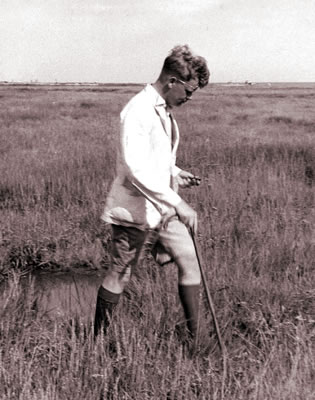 In 1952 and 1953 Raymond found a different venue for the Field Club – Flatford Mill Field Centre. We went to different courses in the two years, the first on freshwater biology, and the next year on estuarine biology. They were a valuable learning experience and we were able to make the most of the good weather in both summers. Best of all, we didn’t need to transport all that camping gear of previous years!
In 1952 and 1953 Raymond found a different venue for the Field Club – Flatford Mill Field Centre. We went to different courses in the two years, the first on freshwater biology, and the next year on estuarine biology. They were a valuable learning experience and we were able to make the most of the good weather in both summers. Best of all, we didn’t need to transport all that camping gear of previous years!
In those days the train trip itself was an experience – first of all from Burton to Leicester on the Leicester Line, then change at Leicester for Kettering, change again at Kettering for the cross-country trip to Cambridge, change at Cambridge for Ipswich, then yet another train to Manningtree where we were met by transport from the Field Station. Many of the railway lines we travelled on for those trips fell to the Beeching axe of the 1960s. Our group, including me, Alan Bull, John Jones, Tony (‘Charles’) Neville, Gordon Pritchard nearly all finished up continuing in one area or another of biology.
The photograph shows Raymond Crowther walking across a salt marsh near Flatford. This was his characteristic summer garb – brown shoes, khaki shorts and white safari jacket. When we were in the cooler, wetter conditions in the Lake District in 1951 the white coat was replaced by his old RAF tunic top. On these expeditions, he always had his walking stick, his pipe, a tin of Mick McQuaid tobacco, and a hand lens with him.
I used the box camera through to the Flatford Mill Freshwater Biology Course in 1952, but then an uncle gave me an old Zeiss Baby Ikonta camera with a Tessar lens and speeds of 1/25, 1/50 and 1/75th of a second. I used that for the Estuarine Biology course at Flatford Mill in 1953. Another uncle had given me a lens for enlarging – a fairly simple lens, mounted in a tube made of gummed brown paper – he had made it for some device he had been constructing, but had found a better lens.
I pulled out my old Meccano set, acquired an empty National Dried Milk tin as a light box and with balsa wood and two sheets of glass and constructed myself and enlarger. My uncles would have made Heath Robertson look like and amateur, and I’m glad to say some of the Heath Robinson aura seems to have shone on me too. So the attached photos of Flatford were enlarged and developed in my bedroom, and washed in the bathroom sink and glazed on the bedroom window!


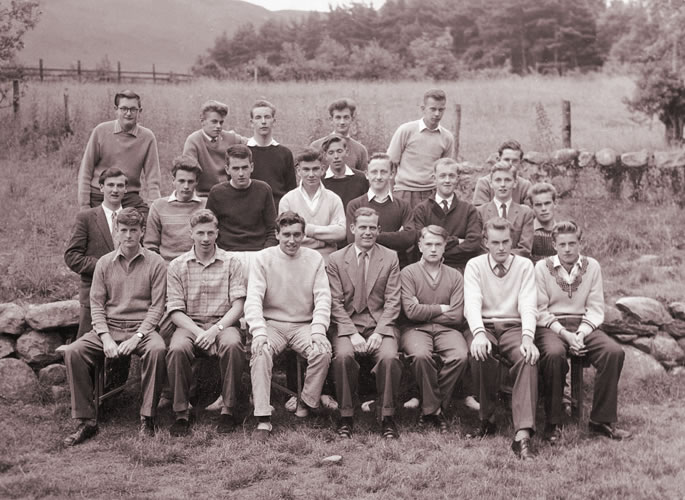
 Tuesday saw the first bad weather. The planned route for the day was along the Cat Bells Ridge to Dale Head Tarn but half way along the ridge, thick dark clouds came down with the start of some rain so the party returned to the Hostel, finding the best possible shelter on the way arriving back some time before dinner time.
Tuesday saw the first bad weather. The planned route for the day was along the Cat Bells Ridge to Dale Head Tarn but half way along the ridge, thick dark clouds came down with the start of some rain so the party returned to the Hostel, finding the best possible shelter on the way arriving back some time before dinner time. Raymond Crowther was educated at Heath Grammar School in Halifax. He qualified from here for a degree at University College, Durham but, during his time there, war broke out which meant that he was to join the RAF. During the war, he spent most of the time with the coastal command in Iceland. At the end of the war, he made the decision not to go back and complete his degree but rather, to complete teacher training.
Raymond Crowther was educated at Heath Grammar School in Halifax. He qualified from here for a degree at University College, Durham but, during his time there, war broke out which meant that he was to join the RAF. During the war, he spent most of the time with the coastal command in Iceland. At the end of the war, he made the decision not to go back and complete his degree but rather, to complete teacher training.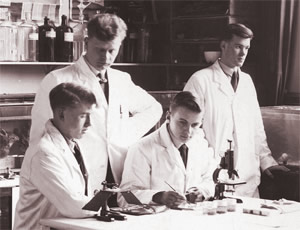 Raymond always had a strong interest in microbiology and in physiology. He had a contact at Birmingham University who supplied a whole range of bacterial cultures which were maintained in the small sanctum off the Biology laboratory at Bond Street. The Grammar School had what would nowadays be considered a quite frightening collection of pathogens. The marine tanks also had an interesting origin. Raymond sourced them from contacts at the Marine Biological Station in Plymouth who supplied carboys of seawater and the specimens of marine life – which were far from easy to keep thriving!
Raymond always had a strong interest in microbiology and in physiology. He had a contact at Birmingham University who supplied a whole range of bacterial cultures which were maintained in the small sanctum off the Biology laboratory at Bond Street. The Grammar School had what would nowadays be considered a quite frightening collection of pathogens. The marine tanks also had an interesting origin. Raymond sourced them from contacts at the Marine Biological Station in Plymouth who supplied carboys of seawater and the specimens of marine life – which were far from easy to keep thriving! Raymond’s enthusiasm for his subject was considerable. From somewhere he had acquired a dead dog, and decided that the skeleton would be an excellent teaching tool. The problem was, how to get rid of the flesh? The solution was to ‘let nature take its course’ by allowing natural bacteria and flies to do their job! The dog was ensheathed in chicken wire and suspended out of the lab window, more or less above the door into the cloakroom area and opposite the door to the woodwork room.
Raymond’s enthusiasm for his subject was considerable. From somewhere he had acquired a dead dog, and decided that the skeleton would be an excellent teaching tool. The problem was, how to get rid of the flesh? The solution was to ‘let nature take its course’ by allowing natural bacteria and flies to do their job! The dog was ensheathed in chicken wire and suspended out of the lab window, more or less above the door into the cloakroom area and opposite the door to the woodwork room.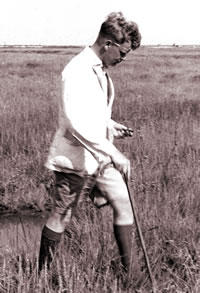 He established the Field Club by popular request and in 1950 took a group to the New Forest, where they camped on the edge of heathland and in sight of the Balmer Lawn Hotel at Brockenhurst. The trip down had been organized ahead in typical Raymond Crowther style, and to students the arrangements just seemed to happen with no regard for the much time and correspondence required by Mr Crowther to ensure that the trip was very successful.
He established the Field Club by popular request and in 1950 took a group to the New Forest, where they camped on the edge of heathland and in sight of the Balmer Lawn Hotel at Brockenhurst. The trip down had been organized ahead in typical Raymond Crowther style, and to students the arrangements just seemed to happen with no regard for the much time and correspondence required by Mr Crowther to ensure that the trip was very successful.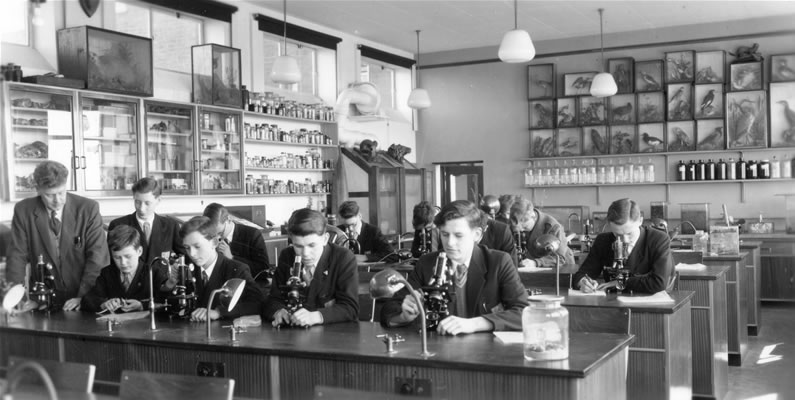


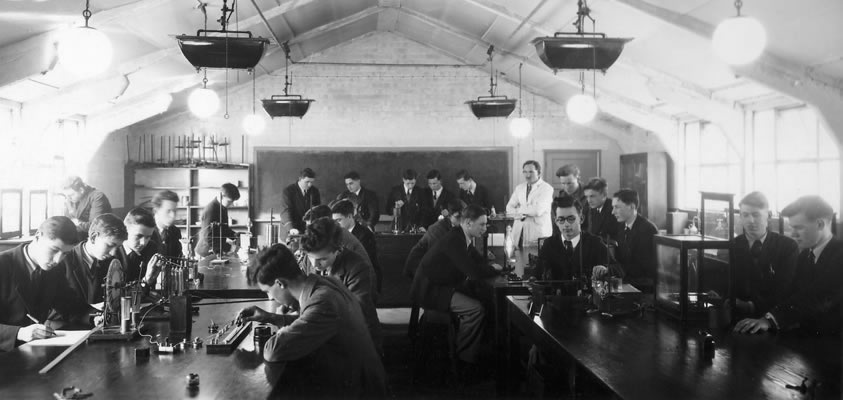
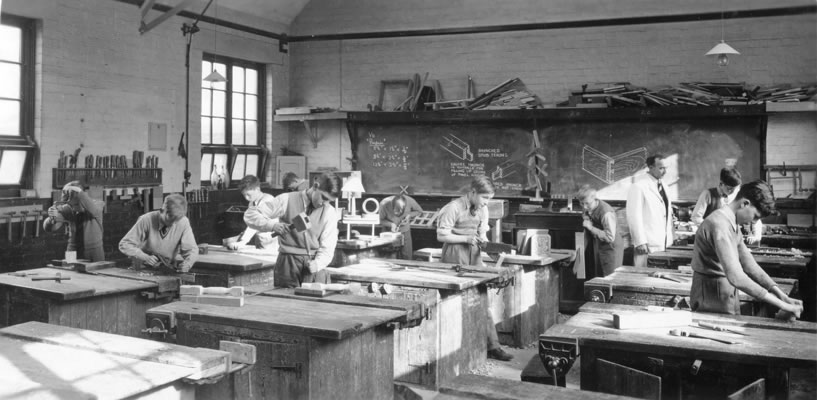
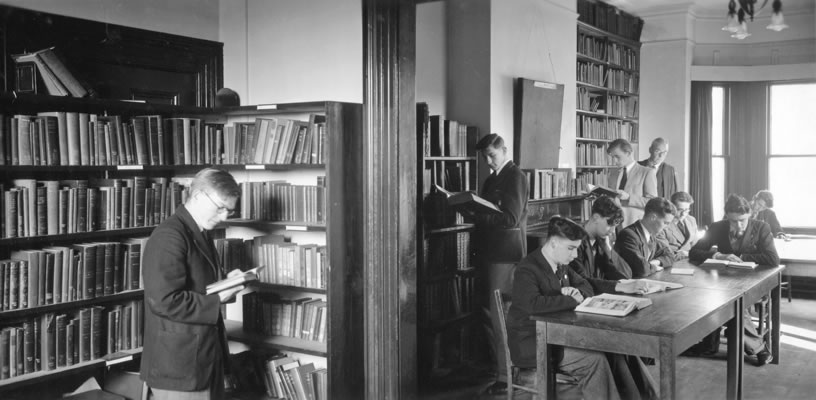
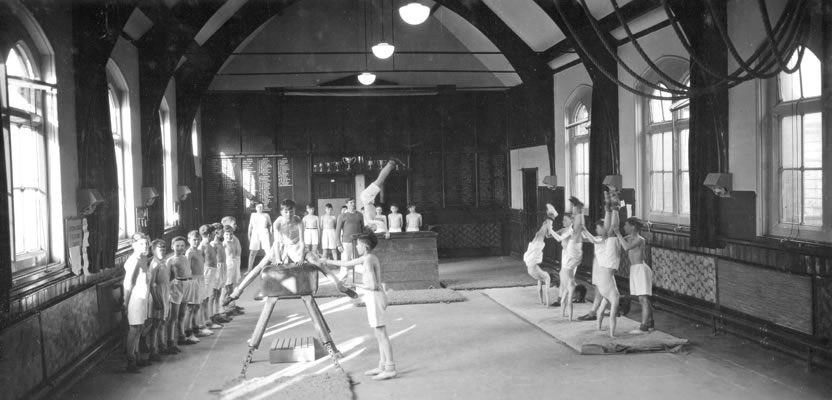
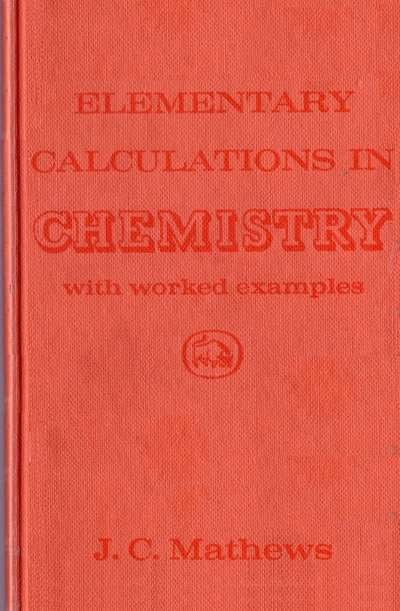
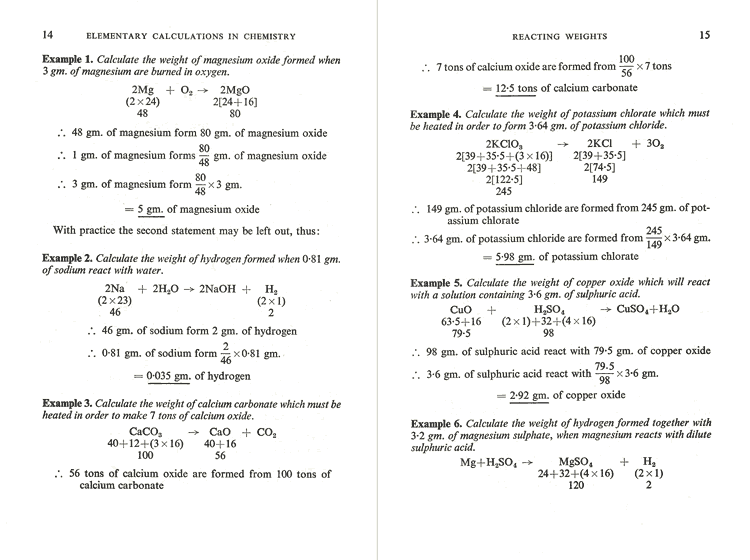


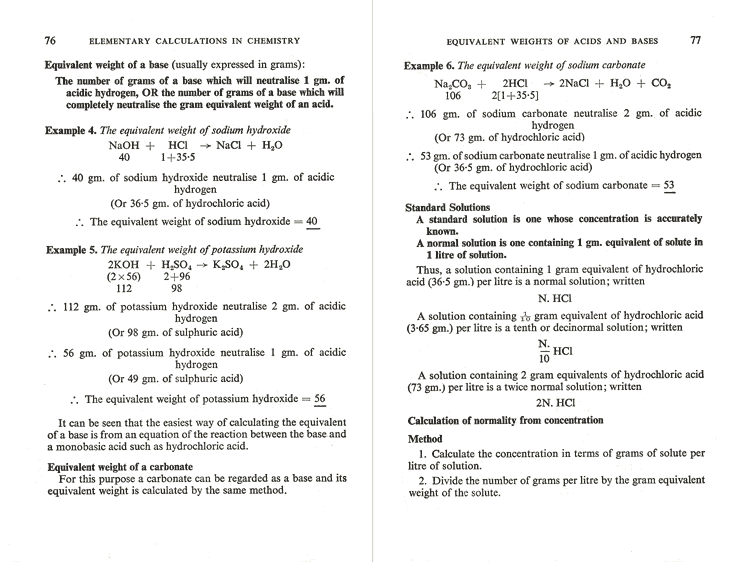

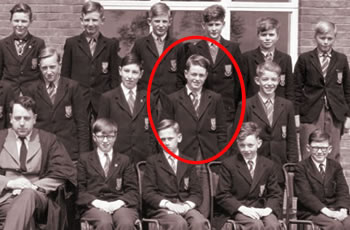
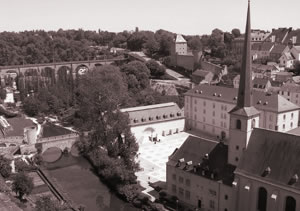 At 8:30pm the next morning, we set out for the train station to catch a direct express to Luxembourg City. The train passed through the hilly, wooded countryside characteristic of Southern Belgium and Luxembourg. We arrived in Luxembourg City, the capital of the Grand Duchy, at 12:30pm and, after lunch, we walked round the old city of tall buildings until after four o’clock, when we caught the auto-rail to Ettelbruck, 25 Km north on the river Shzette. We stayed the night at the Youth Hostel here and next morning, caught the auto-rail to Goebelsmuhle. From here, we walked in the pouring rain across wooded countryside to the small village of Kautenback and on to the town of Wiltz, this time along the road because of the very wet conditions; a distance of 17 Km in all.
At 8:30pm the next morning, we set out for the train station to catch a direct express to Luxembourg City. The train passed through the hilly, wooded countryside characteristic of Southern Belgium and Luxembourg. We arrived in Luxembourg City, the capital of the Grand Duchy, at 12:30pm and, after lunch, we walked round the old city of tall buildings until after four o’clock, when we caught the auto-rail to Ettelbruck, 25 Km north on the river Shzette. We stayed the night at the Youth Hostel here and next morning, caught the auto-rail to Goebelsmuhle. From here, we walked in the pouring rain across wooded countryside to the small village of Kautenback and on to the town of Wiltz, this time along the road because of the very wet conditions; a distance of 17 Km in all. The next day, it was raining again so, instead of walking, we caight the auto-rail to Ettelbruck where, because of the weather, we hardly did anything until 5:30pm when we caught the train to Diekirch, ‘The Burton-on-Trent of Luxembourg’. We travelled by bus from Diekirch to Vianden where we stayed for the following two nights, again, in a Youth Hostel. Vianden is on the eastern border of Luxembourg, bordering with Germany and catered for tourists. The town is situated in yet another deep valley where a river had cut deep into the surrounding wooded country which seemed to characterize Luxembourg, and a chair-lift passes from the town, across the river and up to a chalet on the mountainside. At the top of the mountain was a 13th century castle overlooking the town. We could see a scheme in progress for damming up the valley to provide power or a supply of water.
The next day, it was raining again so, instead of walking, we caight the auto-rail to Ettelbruck where, because of the weather, we hardly did anything until 5:30pm when we caught the train to Diekirch, ‘The Burton-on-Trent of Luxembourg’. We travelled by bus from Diekirch to Vianden where we stayed for the following two nights, again, in a Youth Hostel. Vianden is on the eastern border of Luxembourg, bordering with Germany and catered for tourists. The town is situated in yet another deep valley where a river had cut deep into the surrounding wooded country which seemed to characterize Luxembourg, and a chair-lift passes from the town, across the river and up to a chalet on the mountainside. At the top of the mountain was a 13th century castle overlooking the town. We could see a scheme in progress for damming up the valley to provide power or a supply of water.